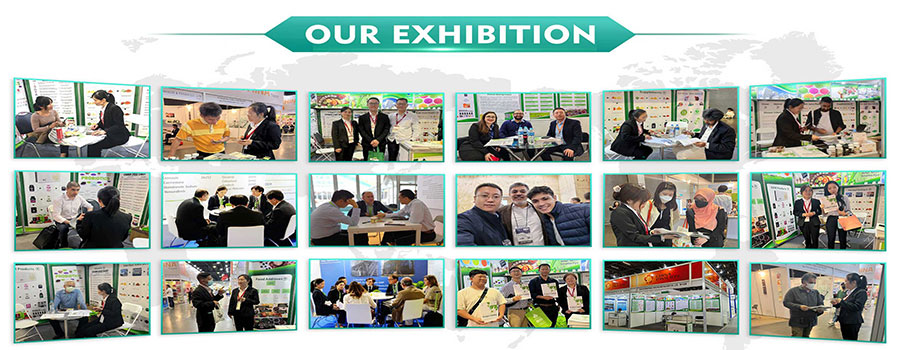Quinocetone Raw Materials Active Powder
Related Attributes
Product details
Use and synthesis of Quinocetone :Quinolone is a kind of organic matter, chemical formula C18H14N2O3, light yellow or yellow-green powder, insoluble in water, slightly soluble in some organic solvents, sensitive to light, easy to photochemical reaction.
It is a new veterinary drug developed by Lanzhou Institute of Animal Science and Veterinary Medicine, Chinese Academy of Agricultural Sciences. It is a new veterinary drug developed by China for anti-bacterial, anti-diarrhea and growth promotion. As a new medicated feed additive, quinolone has the function of disease prevention and growth promotion. Quinolone belongs to quinoxalins, which can promote growth and improve feed conversion rate, inhibit a variety of intestinal pathogenic bacteria (especially gram-negative bacteria), and can significantly reduce the incidence of livestock and poultry diarrhea. Quinocetone is a light yellow or yellow-green powder, insoluble in water, slightly soluble in some organic solvents, sensitive to light, easy to photochemical reaction. The drug has the characteristics of true bacteriological inhibition, safe use, rapid metabolism and obvious effect. It is suitable for pigs, poultry and aquatic products, but also suitable for young livestock, young poultry disease prevention and growth promotion. The mechanism of its antibacterial growth promoting effect may mainly depend on the structure of its parent nucleus, and the important influence of its side chain on the efficacy of the parent nucleus cannot be completely ruled out. Quinolone is used as an antibacterial, anti-diarrheal and growth promoting additive for livestock and poultry feed, mainly for respiratory and urinary tract infections caused by Gram-negative bacteria and Staphylococcus aureus. Especially suitable for intestinal infections such as chicken dysentery, avian colibacillosis, typhoid paratyphoid and so on. The main metabolic pathway of quinolone in chickens may be deoxygenation and finally oxidized hydrolysis to produce MQCA. The pharmacokinetic characteristics of quinolone were rapid absorption, wide distribution, slow elimination and low bioavailability in vivo. It can be concluded that quinolone can selectively inhibit the growth and reproduction of pathogenic microorganisms in the digestive tract by effectively inhibiting the synthesis of bacterial DNA, but does not affect beneficial Escherichia coli and other gram-positive bacteria, so it can effectively control piglet diarrhea and avian pasteurellosis.
Usage and dosage of Quinocetone:When mixing feed with quinolone and its premix, it should be mixed in grades, diluted gradually, and thoroughly stirred and evenly mixed. After oral administration, there is little absorption in the body and the metabolism is fast. Most of quinolone is discharged from the digestive tract in its original form, and the bioavailability is low. The clinical application of quinolone premix was mixed with feed. The specific dosage is as follows: quinolone raw powder mixed feeding: pigs, poultry, piglets, chicks, aquatic animals per 1000kg feed added 50-75g. 5% quinolone premixed feed: Pigs, poultry, piglets, chicks, aquatic animals added 1000g per 1000kg feed. Forbidden for laying hens. Quinolones should be stored in a ventilated, cool, dry environment with a shelf life of 2 years.
WHY CHOOES US?

OUR CERTIFICATE

CUSTOM PROCESS

OUR PACKAGE

OUR EXHIBITION

OUR FACTORY

Shipping















